What is an Energy Drink? A Maniac Who Has Been Drinking Since 2001 Defines and Explains in Detail

- It is labeled as "Energy Drink" on the package
- There are no fixed ingredients or standard components
- The price does not matter
- It doesn't matter whether it is a soft drink or a quasi-drug
When you look up the definition of "energy drink," many dictionary-style websites describe it as "a carbonated soft drink containing caffeine, vitamins, and amino acids."
This description works well for carbonated energy drinks, but there are a large number of non-carbonated energy drinks as well. Energy drinks cannot be confined to this category, and it is possible to define the product clearly without relying on such vague descriptions.
Here, Energy Drink Mania and Energy-Drink-Kun, who have tried many energy drinks from around the world, will provide a clear definition of what an "Energy Drink" is.
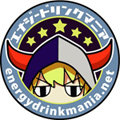 Author: Energy Drink-kun
Author: Energy Drink-kun
In 2001, while living in the United States, I encountered energy drinks through the dance scene and was deeply impressed. After returning to Japan, I found that energy drinks were considered novelty beverages, so I established a comprehensive website in 2013 to share the true appeal of energy drinks. As an energy drink enthusiast, I began drinking them seriously again, collecting over 7,000 varieties of energy drinks from various countries. I am also active as a critic and expert, receiving media interviews.
What is an Energy Drink? A Simple Definition...
If it's labeled as an "Energy Drink," it is an Energy Drink
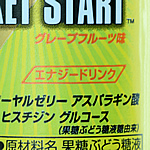 Energy drink products are labeled as "Energy Drink" on their packaging. In Japanese, this also includes terms like "エナジー飲料" or "エネルギー飲料." If the product is labeled as "Energy Drink," it counts as an energy drink, whether it's green tea or coffee.
Energy drink products are labeled as "Energy Drink" on their packaging. In Japanese, this also includes terms like "エナジー飲料" or "エネルギー飲料." If the product is labeled as "Energy Drink," it counts as an energy drink, whether it's green tea or coffee.
Many online explanations of "What is an energy drink?" are quite abstract and lack a clear definition. Even organizations like the Japan Soft Drink Association only provide vague descriptions.
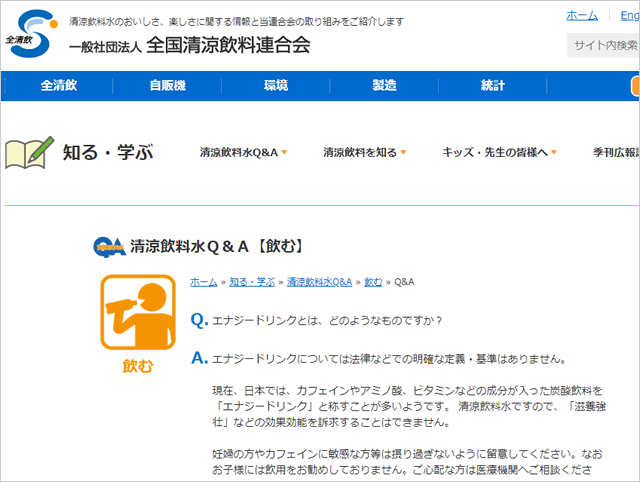
There is no clear legal definition or standard for energy drinks. In Japan, energy drinks are often referred to as carbonated drinks containing caffeine, amino acids, and vitamins.
Source: What is an Energy Drink?
In Japan, the image of energy drinks became established after the 2014 boom, when many copycat products were released under the "Energy Drink" label, similar to Red Bull and Monster Energy. It was a chaotic time where manufacturers either didn’t fully grasp the energy drink world or simply jumped on the bandwagon of the trend.
Related Articles
The Definition of Energy Drinks is Vague Even on Dictionary Websites
Since there aren't many experts on energy drinks, it's understandable, but even dictionary sites like Daijisen, Chiezo, and Weblio define them based on characteristics such as caffeine, vitamins, strong carbonation, and sweetness.
Energy drinks are marketed as supplements for stamina and endurance. Depending on the product and region, they may contain ingredients like arginine, valine, niacin, and guarana. Common features include high caffeine content, strong carbonation, and a sweet taste.
Source: What is an Energy Drink? - Weblio Dictionary
This only describes products like Red Bull Original and Monster Energy Original. With the variety of energy drinks on the market, this explanation is limited and doesn't cover the broader range of energy drinks that are now more common than the classic flavors of Red Bull and Monster.
As seen in the descriptions on these dictionary websites, the general impression of energy drinks tends to align with the feedback on SNS when a "juice-like" energy drink is released in Japan, with comments like "It doesn't taste like an energy drink."
Caffeine and Taurine are the Most Recognized Energy Ingredients
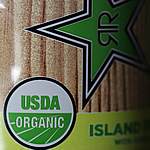 If labeled as an "Energy Drink," the ingredients can vary. For example, Monster Energy once released an energy drink without caffeine, and nowadays, some energy drinks are marketed as taurine-free, while others are certified organic, meeting criteria set by different countries.
If labeled as an "Energy Drink," the ingredients can vary. For example, Monster Energy once released an energy drink without caffeine, and nowadays, some energy drinks are marketed as taurine-free, while others are certified organic, meeting criteria set by different countries.
Despite the common image of dangerous ingredients, the reality is far from it when you check the ingredient labels on the back of the cans. The sugar content is similar to that of cola or other carbonated drinks, and the caffeine content is roughly equivalent to a cup of coffee. Be sure to check the back label next time!
Difference Between Energy Drinks and Nutritional Drinks
Energy drinks are sold as soft drinks, requiring only regular beverage procedures. On the other hand, nutritional drinks in Japan are classified as quasi-drugs due to their ingredients, requiring more complicated processes for their release.
Thus, energy drinks are considered soft drinks, while nutritional drinks are classified as quasi-drugs. However, as mentioned earlier, if a product is labeled as "Energy Drink," it would be recognized as an energy drink, even if it is a quasi-drug. However, manufacturers likely won't intentionally market a quasi-drug as an energy drink.
⇒ Differences Between Energy Drinks and Nutritional Drinks
General Image of Energy Drinks in Japan
The general public tends to view energy drinks as dangerous. Articles that say "Death from Overconsumption of Energy Drinks" or "Excessive Consumption is Dangerous" frequently appear online, drawing attention. This suggests that the general public associates energy drinks with risk.
Here is the result from Google's "Energy Drink" search.
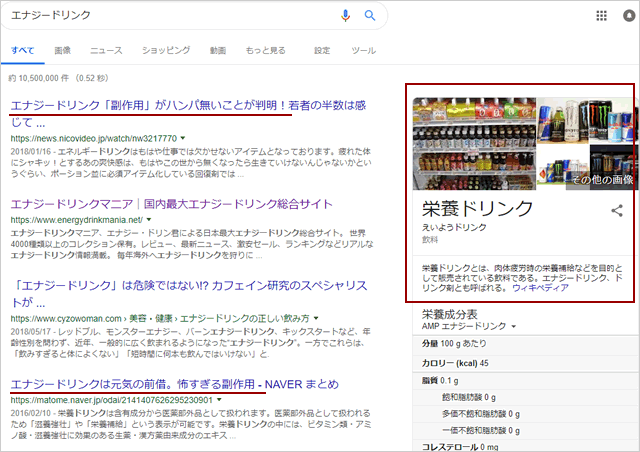
Though things have improved, it’s clear how strongly the association between energy drinks and danger still persists. Interestingly, Google’s featured snippet often refers to "nutritional drinks" rather than "energy drinks."
This ongoing confusion between energy drinks and nutritional drinks illustrates the strength of the image that energy drinks are risky.
The Original Image of Energy Drinks
Originally, energy drinks had strong connections with motorsports, extreme sports, various competitions, and even arts. However, in Japan, the influence of nutritional drinks has led to overemphasis on their supposed effectiveness, with terms like "corporate slave drinks" popping up. Sadly, the attractive background and deeper appeal of energy drinks aren't fully recognized in Japan today.
Since Energy Drink Mania began with a love for street dancing, I personally enjoy energy drinks in this way.
I hope that those of you who’ve read up to this point, trying to learn "What is an Energy Drink?" or the definition of energy drinks, will gain a better understanding of the original image of energy drinks. (●´ω`●)
Related for What is an Energy Drink? A Maniac Who Has Been Drinking Since 2001 Defines and Explains in Detail
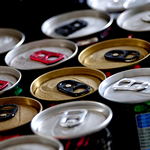 Explanation of Energy Drink Can Manufacturers and Logo Marks
Explanation of Energy Drink Can Manufacturers and Logo Marks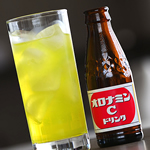 Was Oronamin C the World's First Carbonated Energy Drink?
Was Oronamin C the World's First Carbonated Energy Drink?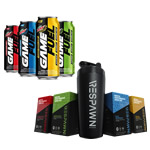 AMP GAME FUEL and RAZER RESPAWN – Are They Energy Drinks?
AMP GAME FUEL and RAZER RESPAWN – Are They Energy Drinks?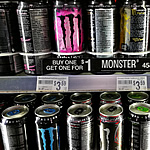 What is an Energy Drink? A Maniac Who Has Been Drinking Since 2001 Defines and Explains in Detail
What is an Energy Drink? A Maniac Who Has Been Drinking Since 2001 Defines and Explains in Detail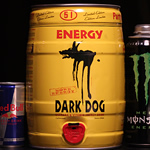 The world's largest energy drink can is 5 liters!
The world's largest energy drink can is 5 liters!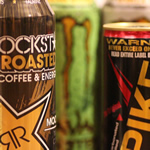 How to Buy & Import Foreign Energy Drinks For Japanese (Over 1000 Cans Purchased)
How to Buy & Import Foreign Energy Drinks For Japanese (Over 1000 Cans Purchased)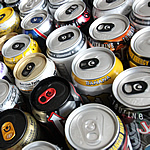 World's Strongest Ranking of Energy Drinks by Energy Drink Mania
World's Strongest Ranking of Energy Drinks by Energy Drink Mania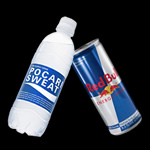 Red Bull mixed with Pocari Sweat is a placebo
Red Bull mixed with Pocari Sweat is a placebo Bottled energy drink cans
Bottled energy drink cans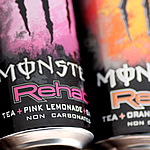 Ultimate Guide to Energy Drinks: 1540 Varieties Worldwide
Ultimate Guide to Energy Drinks: 1540 Varieties Worldwide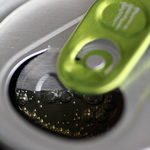 How to open a Monster Energy can without spilling (old Japan can)
How to open a Monster Energy can without spilling (old Japan can)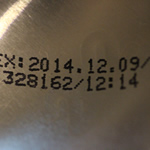 Energy drink expiration date
Energy drink expiration date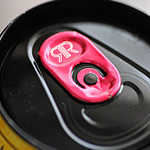 A complete explanation of the difference between energy drinks and nutritional drinks by a real maniac (for Japan and Asia)
A complete explanation of the difference between energy drinks and nutritional drinks by a real maniac (for Japan and Asia)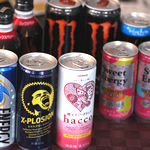 Energy drink cost
Energy drink cost How to Enjoy the Flavor of Energy Drinks
How to Enjoy the Flavor of Energy Drinks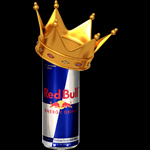 How to buy energy drinks cheaply (for Japanese)
How to buy energy drinks cheaply (for Japanese)


 Since 2001, Energy Drink Maniac has been drinking energy drinks and providing the most detailed reviews of global energy drinks based on firsthand research.
Since 2001, Energy Drink Maniac has been drinking energy drinks and providing the most detailed reviews of global energy drinks based on firsthand research.